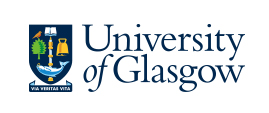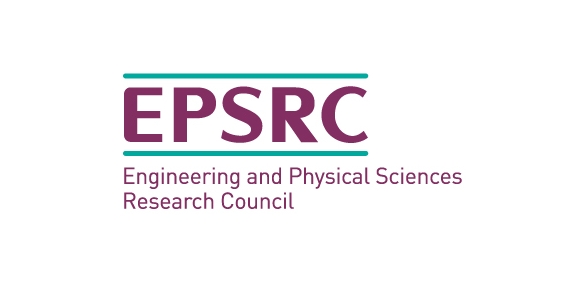Real-world kidney exchange
Real-world kidney exchange programmes often have many more pairs than in our examples, and medical compatibility involves many more factors than just blood groups. The UK Living Kidney Share Scheme (UKLKSS) is the national kidney exchange programme in the UK, and often has over 200 donor-recipient pairs in their exchange pools for a matching run. In addition, these pools allow both two-way and three-way exchanges, as well as structures called chains. Chain arise when altruistic donors choose to donate a kidney. These people do not have a paired recipient, but are simply willing to donate a kidney out of the goodness of their heart. These chains terminate with a donation to the deceased donor waiting list (DDWL).
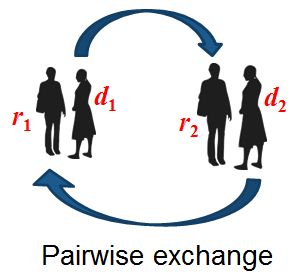
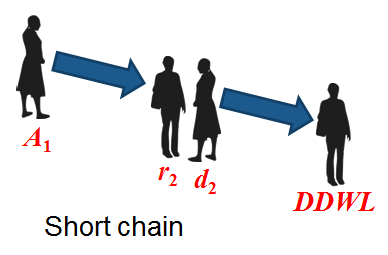
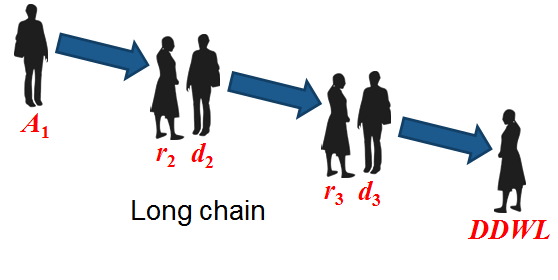
Optimal sets of exchanges in these real-world programmes are not found by dragging around items on a screen. Instead, we at the University of Glasgow develop sophisticated computer algorithms to find a best set of transplants according to some prescribed criteria. Dr Hannah Fry discusses this in the following video clip from the Royal Institution Christmas Lectures 2019.
Can you think of a clever way of finding the best possible set of transplants to choose? If this interests you, then you might have a future in algorithmics. See the School of Computing Science at the University of Glasgow to find out more.
